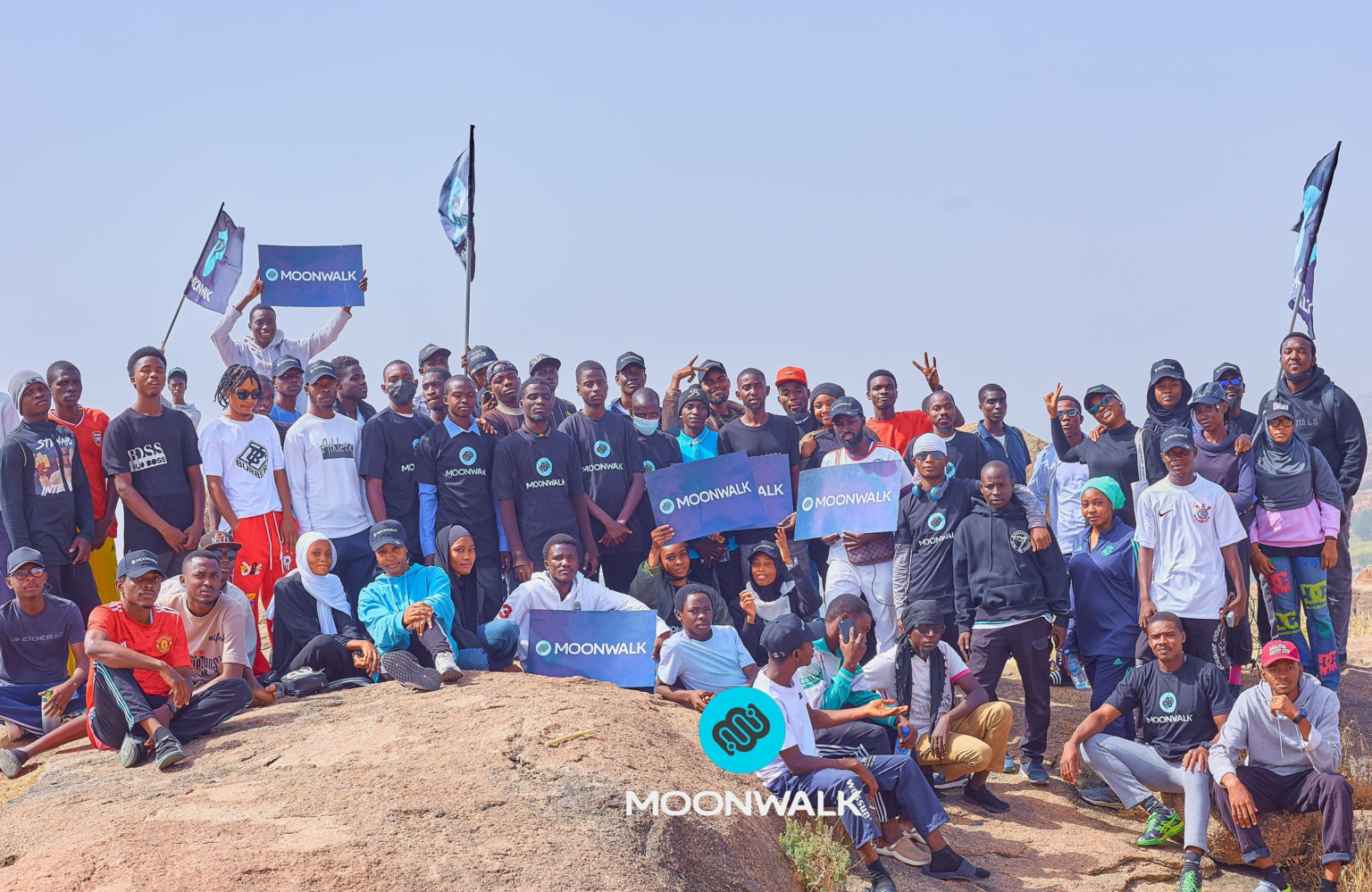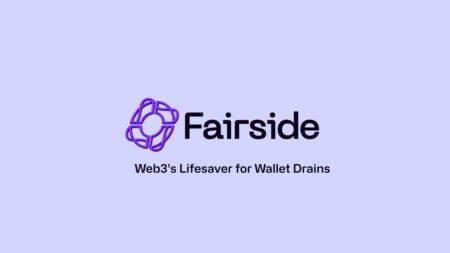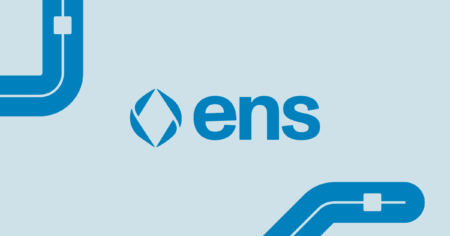Ask anyone who is in Web3 and they’ll likely tell you that they have an astronomical amount of screentime each day. A completely digital industry requires being online often, whether that’s on your computer or your phone.
Moonwalk Fitness is an onchain dApp that aims to help get users moving, which is often something you see people in the industry wanting to do more of, especially in the beginning of each year.
I spoke with Caitlin Cook, Director of Growth at Moonwalk, regarding her motivations for helping to get more people moving and increase daily activity through gamified walking contests. You can find Caitlin on X, as well as Moonwalk Fitness.
In the following interview, DH will refer to the interviewer and CC will refer to the interviewee.
The #GetOutside Movement: From Personal Journey to Web3 Fitness
DH: Thank you for taking the time! You’ve been on a mission for years to get people to do more walking, which aligns very well with your current work in the Web3 space. Can you share a bit about what started your journey to get outside and take more steps?
CC: I’ve always been an active person, growing up in a highly active family and playing nearly every sport imaginable. I was a D1 soccer recruit and, after graduating and moving to Chicago full-time, I kept daily exercise a priority to balance out my work schedule. When COVID hit and I was stuck inside all day, my roommate and I started taking long (5-6 mile) walks every morning at 5:30 AM—through Chicago winter, rain, and everything in between. It was the best decision we could’ve made to stay mentally and physically fit during such a challenging time.
For nearly a year, I walked every single day and shared my progress on Twitter, which unexpectedly sparked a broader #GetOutside movement within the finance Twitter community I had built. It became a large, positive initiative that encouraged countless others to move more, something I never planned but found incredibly rewarding. That passion for daily activity, regular walks, and a healthy lifestyle has stayed with me, and I continue to use my platform to inspire others to prioritize their health too.
From Traditional Finance to Blockchain Innovation
DH: You also ventured from traditional finance (tradfi) into the crypto/Web3 space. What initially appealed to you about working in tradfi and what led to the leap from that more standard career path into the wild world of crypto?
CC: After graduating with a finance degree (go Bonnies!), I moved to Chicago to work in asset management sales at Deutsche Bank—which is just a fancy way of saying I got my FINRA licenses to sell ETFs, mutual funds, and private real estate funds to financial advisors and institutional investors. I was initially drawn to the industry because I found markets and capital allocation in fast-moving environments fascinating.
But once I started working in it, I quickly realized how archaic and bogged down by red tape it was. It didn’t take long for me to see that the corporate world wasn’t for me. I wanted something more hands-on, fast-paced, and impactful, where I could take on more responsibility and actually drive meaningful change—so I started looking for startup jobs.
I ended up in crypto completely by accident. I’d been active on Twitter for years and had built a pretty solid network across the finance world and beyond. When I started evaluating my next move, I was lucky to have a bunch of interesting opportunities come my way. One of them—a Twitter DM job offer—came from a startup that was basically “crypto for TradFi”, catering to the same types of clients I worked with in my first job. They wanted me to lead community efforts and do research. I had zero crypto knowledge at the time.
I actually asked the founder if that was a problem, and he reassured me that they needed people from a variety of backgrounds, not just crypto maxis, and that being “all in” would be the best way to immerse myself and learn rapidly. He was right!
I ended up building and managing a crypto education platform for traditional money managers, which pushed me further down the rabbit hole. After a couple of years, I made the jump to DeFi, joining a project focused on on-chain derivatives market infrastructure to run their marketing and communications.
DH: Currently, you work for a dApp called Moonwalk Fitness. Can you walk us through how you were able to bring your walking/movement journey and your web3 journey together, as well as how fulfilling the realization and alignment of your passions in both of these areas felt to you when the opportunity arrived?
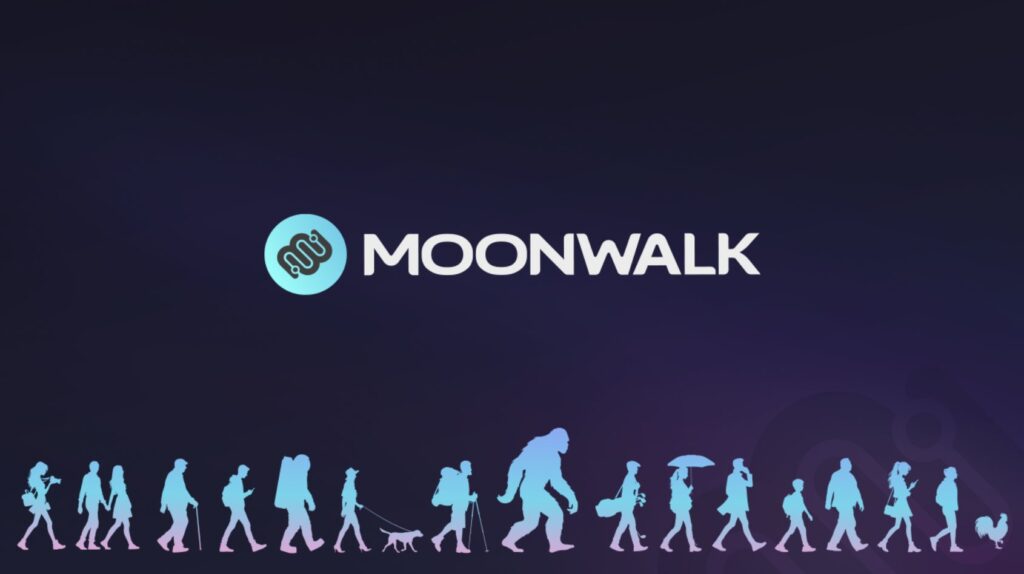
CC: When I took this job, people (both close to me and those who only knew me online) immediately said it was a perfect fit. That speaks volumes about the brand and energy I’ve naturally built over the years. I’ve always been an active person who loves encouraging others to move more, so when the opportunity to work on Moonwalk Fitness full-time came up, it felt like everything clicked.
I truly believe the most impactful work happens when passion and opportunity collide—and that kind of alignment is rare. My job at Moonwalk doesn’t even feel like work most of the time because it’s so deeply connected to who I am and what I believe in. After experiencing that, I can’t imagine doing anything else. I live and breathe this 24/7, and I hope that authenticity shines through to our users—because it’s real.
I’m not just promoting a product; I’m encouraging a healthier lifestyle that transforms both body and mind. I know that because it changed my life, too. There’s no better feeling than dedicating yourself to something you genuinely believe in. This is not only my passion project, but it’s also a huge opportunity with the potential to scale in a big way. I felt that the day I took the job, and I feel the same way now.
How Moonwalk Fitness Works: Gamified Walking on Solana
DH: What is Moonwalk and how can Web3 folks who maybe aren’t familiar with the product utilize it to help them increase their daily movement in 2025 compared to previous years that they’ve spent in the space?
CC: Moonwalk is a fitness accountability app that helps people stay active through daily step challenges. Users join or create games with a daily step goal, and pledge a deposit. If they hit their daily goal, they keep their money. If they miss a daily goal(s), they lose a portion, which gets redistributed to the most consistent participants at the ended of the game. It’s a simple but powerful way to build healthy habits—making fitness fun, competitive, and rewarding.
Users don’t need crypto or a wallet to get started. They can sign up with a phone number, email, Apple, or Google login and join games for free to try the platform before putting money on the line. Soon, they’ll even be able to buy game credits using a credit card, Apple Pay, or Google Pay, making it even easier to participate,.
All transactions in Moonwalk happen on Solana, ensuring transparency, security, and fast, low-cost transactions. Deposits and payouts are publicly recorded, funds are protected in a smart contract, and there are no long wait times or high fees.
While Solana powers Moonwalk, the app is designed to feel familiar and accessible—a mobile-first experience that works like any other app. The goal is to remove any intimidation factor and create something people engage with because it helps them become a better version of themselves, not just because it’s on-chain. Moonwalk is a fitness app first, not a crypto app, and every iteration brings us closer to that north star.
Building dApps Beyond Memecoins: The Future of Solana
DH: Many folks are familiar with Solana because of memecoin trading volumes over the past few quarters, but there are a lot of applications being built on Solana as well. Where do you see the future of dApps on Solana heading, both for existing teams building there like Moonwalk, but also for new builders who want to choose an ecosystem to participate in?
CC: I think we’ll continue to see a shift toward consumer applications with larger TAMs than just trading memecoins. Don’t get me wrong–there will always be a huge market for trading, but the underlying tech has far broader applications as a more efficient alternative to many of the systems we use today.
The global, borderless nature of blockchain and its ability to streamline rewards distribution and value transfer open up countless possibilities—we’re still just scratching the surface. I also think more teams will keep flocking to Solana because of its talent density, strong user base, and unmatched speed and cost-efficiency. Hard to go wrong with that combination.
Growing a Web3 Fitness Community
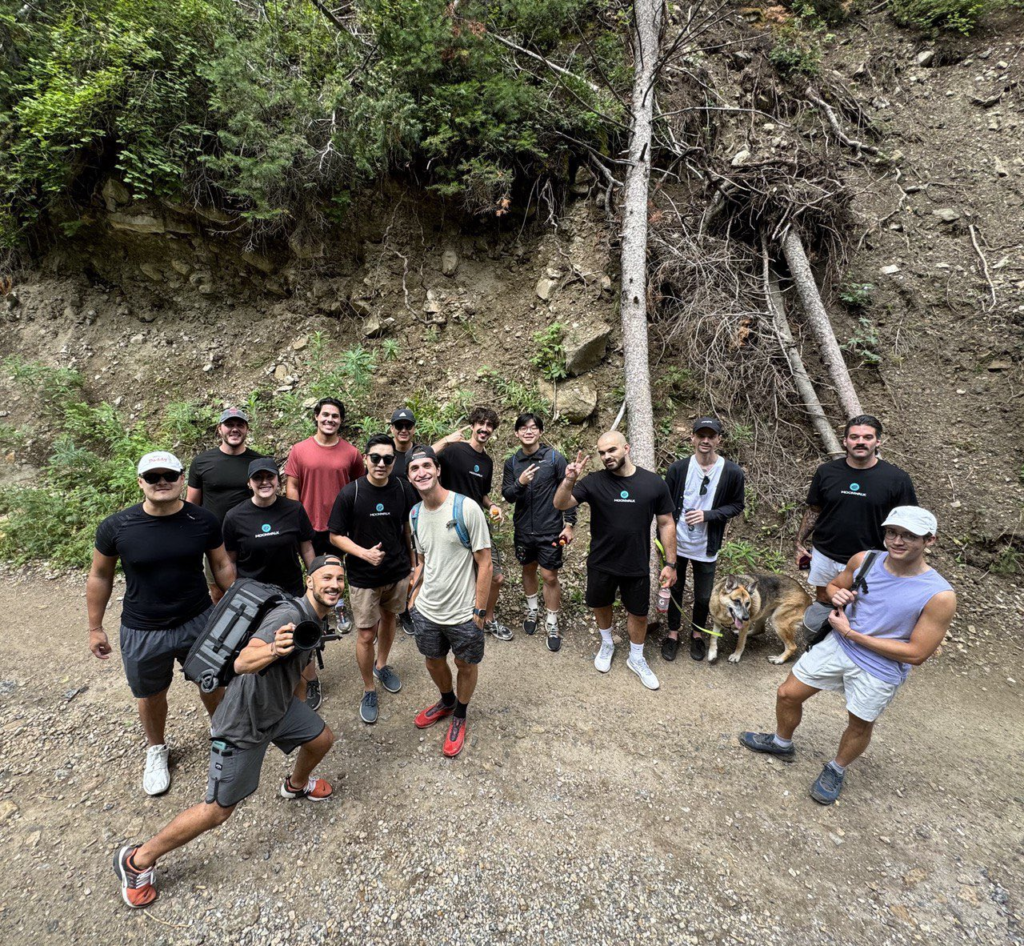
DH: What are the next steps in growing and developing Moonwalk? How do you balance trying to market to native Web3 users who require less help to onboard versus appealing to a Web2 audience who may not understand crypto, but certainly understands fitness and the need to live a healthier lifestyle?
CC: At its core, Moonwalk is a project that should be easily understood by anyone—it’s about building healthier habits through accountability and incentives. Right now, we’re focused on our native crypto audience, but as the product continues to improve, we’re expanding across more platforms and leaning into traditional marketing to reach a broader audience.
The core messaging, brand, and content should stay consistent regardless of who we’re speaking to: Put your money where your health is and do something positive for your body and mind. Everyone needs that extra push, and by emphasizing community and social accountability, we’re making Moonwalk more than just an app—it’s a movement.
That said, the way we communicate varies a little by audience. Crypto-native users care more about the financial incentives, while the average person is likely to be more motivated by social accountability and loss aversion to stay on track with their goals. So while the overarching message remains the same, we adapt how we position it across different platforms to meet people where they are.
Health Trends and Habits for Digital Professionals
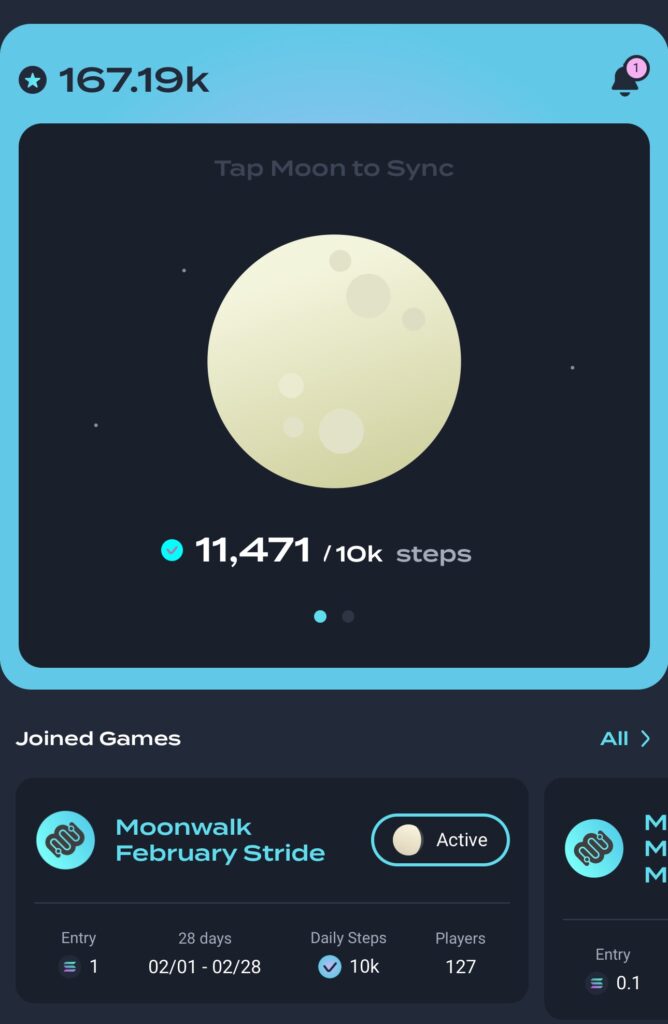
DH: How have you seen the awareness, especially on social media, increase over the past few years towards healthy habits? It feels like the conversation about these topics, as a result of many factors, is increasing, and I’m curious as a long-time movement advocate how you’ve seen this development throughout your time advocating for these topics.
CC: Absolutely. I think we’re in the early stages of a massive health and wellness movement. Fitness and healthy habits are becoming a bigger part of the cultural conversation, and we’re seeing that reflected across social media.
A few key factors are driving this shift—the U.S. administration’s focus on public health, the rise of influential health voices like Bryan Johnson and Andrew Huberman, and a broader societal push toward better well-being. The momentum is building fast.
Selfishly, I think we’re building Moonwalk at the perfect time. Being healthy is “cool” again (it always was), because it’s the one thing money can’t buy—you have to earn it.
DH: What types of activities would you recommend pairing with Moonwalk to maximize the time that folks can take offline each day to drive both physical and mental health benefits?
CC: Oh man… pairing work and walking whenever possible is a game-changer—whether it’s walking meetings in person, taking calls on a walk, or using a walking treadmill with a standing desk for part of the day. If you can, put your phone down while you’re moving—it makes a huge difference mentally, but combining it with your work is the best advice for maximizing time. Catching up with friends and family while on the move is another great way to stay connected while staying active.
BTW – beyond walking, don’t forget to lift and stretch regularly. Stretching + light strength training a few times a week can do wonders for your long-term health. You want to build those habits while you’re young and carry it with you as you age—just like daily walks. It’ll put you in a much better place than peers who neglect their bodies over time.
DH: Where do you see the health and fitness industry going in the next few years, both inside and outside of Web3?
CC: I think we’re going to see a lot more fitness apps launching—and the data backs that up, with more people globally tracking their health and mobile app adoption continuing to rise. More specifically, I think we’ll see a bigger social component to fitness. As we spend more time online, we crave in-person connection, and that’s only going to grow. Run clubs and similar groups are becoming more popular, and personally, I’m pulling for walk clubs to take off.
I also hope we see more practical solutions. For too long, the industry has been flooded with overcomplicated, intimidating, and often bogus fitness and diet advice. It’s time to shift toward accessible, sustainable products that more people can actually stick with. That’s the real long-term solution—not unrealistic quick fixes.
Getting Started with Moonwalk Fitness
DH: Where can readers find more information about Moonwalk and how they can start signing up for contests and get more daily movement in their life?
CC: A general overview of the product is available at moonwalk.fit. Our mobile app is live for iOS and Android—download it from the App Store or Google Play!
Follow us on Twitter (@moonwalkfitness) and Instagram (@moonwalk.fit) to stay updated!
